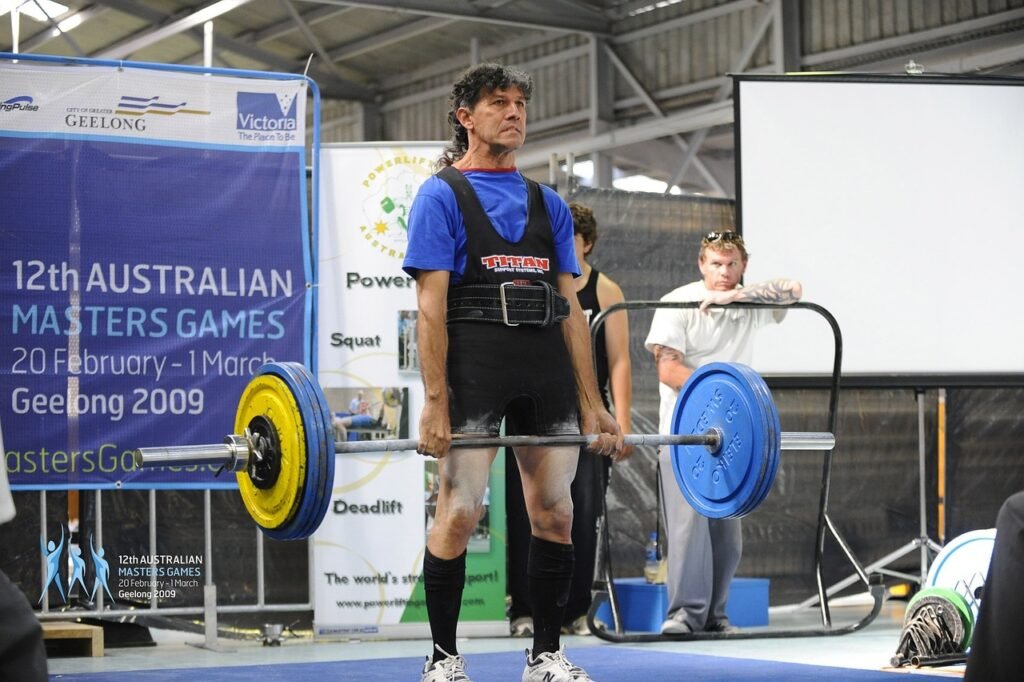What are Lifting Belts
Lifting belts, those sturdy bands of support wrapped around the waist of many weightlifters, aren’t just fashion statements in the gym. They serve a critical purpose in enhancing performance and reducing the risk of injury during heavy lifts. As we delve into the mechanics behind lifting belts, we uncover a world of intra-abdominal pressure, spinal stabilization, and muscular activation that contribute to safer and more effective lifting.

Lifting belts are not mere accessories; they are tools designed to optimize your lifting experience. One crucial aspect to understand is how they augment intra-abdominal pressure (IAP) during lifts. Research shows that wearing a lifting belt significantly increases IAP, providing a stable core foundation for heavy lifting (Fitzgerald, 2018).
Understanding Lifting Belts
Mechanisms Behind Lifting Belts
Benefits of Using Lifting Belts
The benefits of lifting belts extend beyond performance enhancement; they also play a pivotal role in injury prevention. Research indicates that wearing a lifting belt reduces the risk of low back injuries by enhancing spinal stability and reducing compressive forces on the lumbar spine (Lander et al., 1990).

Choosing the Right Lifting Belt
Selecting the appropriate lifting belt is crucial for maximizing its benefits. Research suggests that the width and thickness of the belt play significant roles in providing adequate support and distributing pressure effectively around the waist (Harman et al., 1989).
Tips for Proper Lifting Belt Usage
Proper usage of lifting belts goes beyond simply strapping one on before a heavy lift. It involves understanding how to brace the core effectively and maintain proper form throughout the lift. Research shows that individuals who receive proper instruction on lifting belt usage demonstrate superior lifting mechanics and reduced risk of injury (Fitzgerald, 2018).
Personal Testimony
When we have used lifting belts, they have been in attempts for more strenuous lifts, particularly close to max or max deadlifts and back squats. The belt helped to hold the core and improved stability for the lift which was noticeable on first use. The belt helped to counter the weakness in our lower back on the back squat so we could attempt a 365lbs back squat with little to no pain. The lifting belt reduced pain on deadlift attempts for 405lbs and higher. When we attempted a 505lbs deadlift the belt, with proper bracing and training, allowed for a successful 505lbs deadlift. The lifting belt keeps the core tight and strong. It is a definite recommendation for those attempting heavier lifts and for those who want more stability in their core when they experience significant instability.
Conclusion
As we conclude our exploration of lifting belts, it’s clear that they are more than just pieces of equipment—they are invaluable tools for any serious lifter. With a firm understanding of their mechanisms and benefits, lifters can harness the power of lifting belts to achieve new heights in their training while safeguarding their bodies from potential harm.